Analyzing Cost, Stock, Cash & Budgetary Controls in Hospitality
VerifiedAdded on 2023/03/24
|28
|1159
|32
Report
AI Summary
This report provides a detailed overview of finance in the hospitality industry, focusing on cost analysis, stock control, cash management, and budgetary control. It defines cost and its elements (material, labor, overhead), differentiating between direct and indirect costs and examining cost behavior (fixed, variable, semi-variable). The report also discusses methods of stock control, including Economic Order Quantity (EOQ), Just-In-Time (JIT), LIFO, FIFO, and ABC analysis, as well as methods of cash control, such as cash budgets and internal control mechanisms. Furthermore, it explains budgetary control, its purpose, advantages, disadvantages, and the budgetary control cycle. Finally, the report covers variance analysis, including the meaning, calculation, types (favorable and unfavorable), causes, and corrective actions for material price variance (MPV), material usage variance (MUV), labor rate variance (LRV), and labor efficiency variance (LEV).
1 out of 28
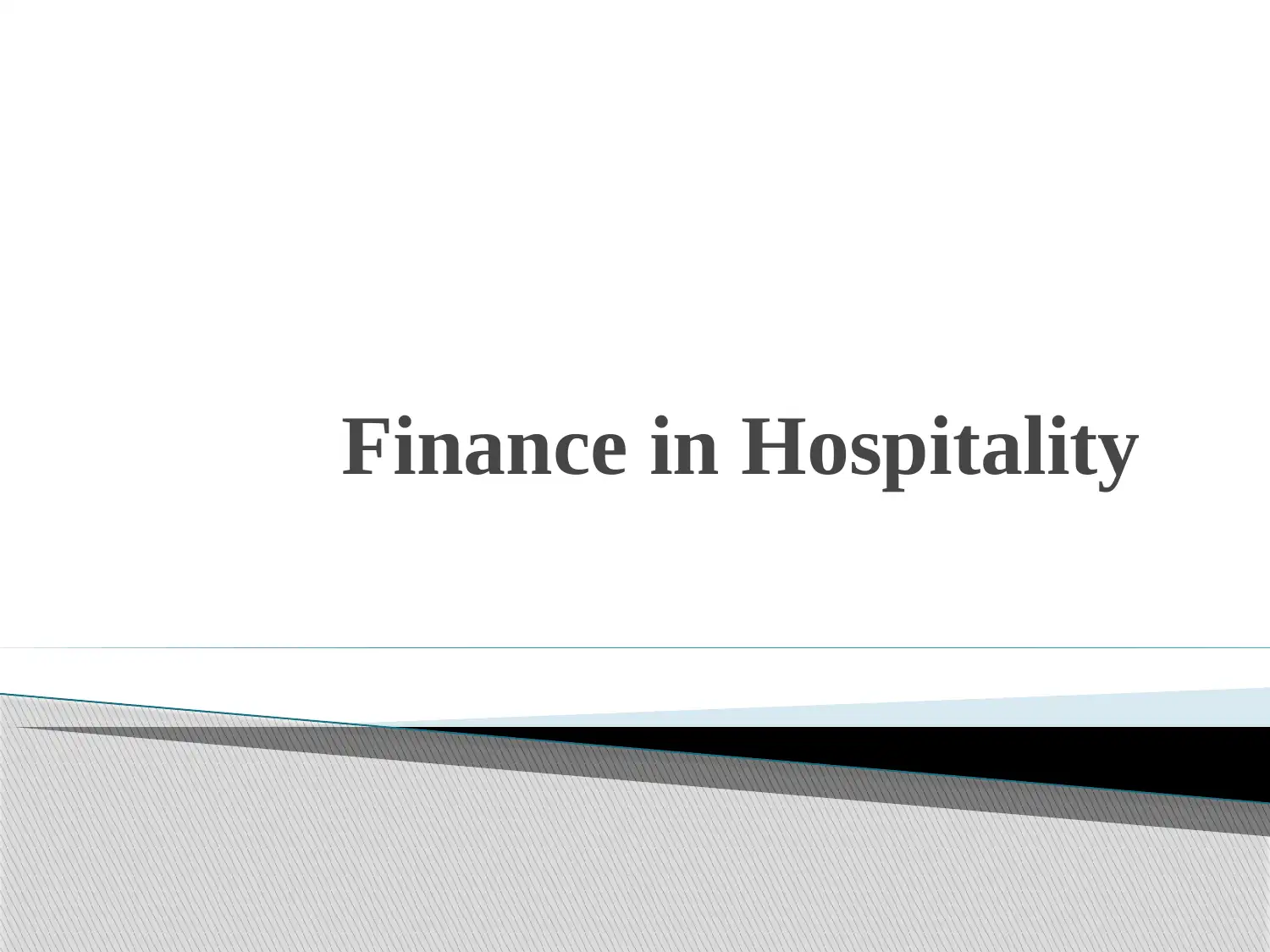
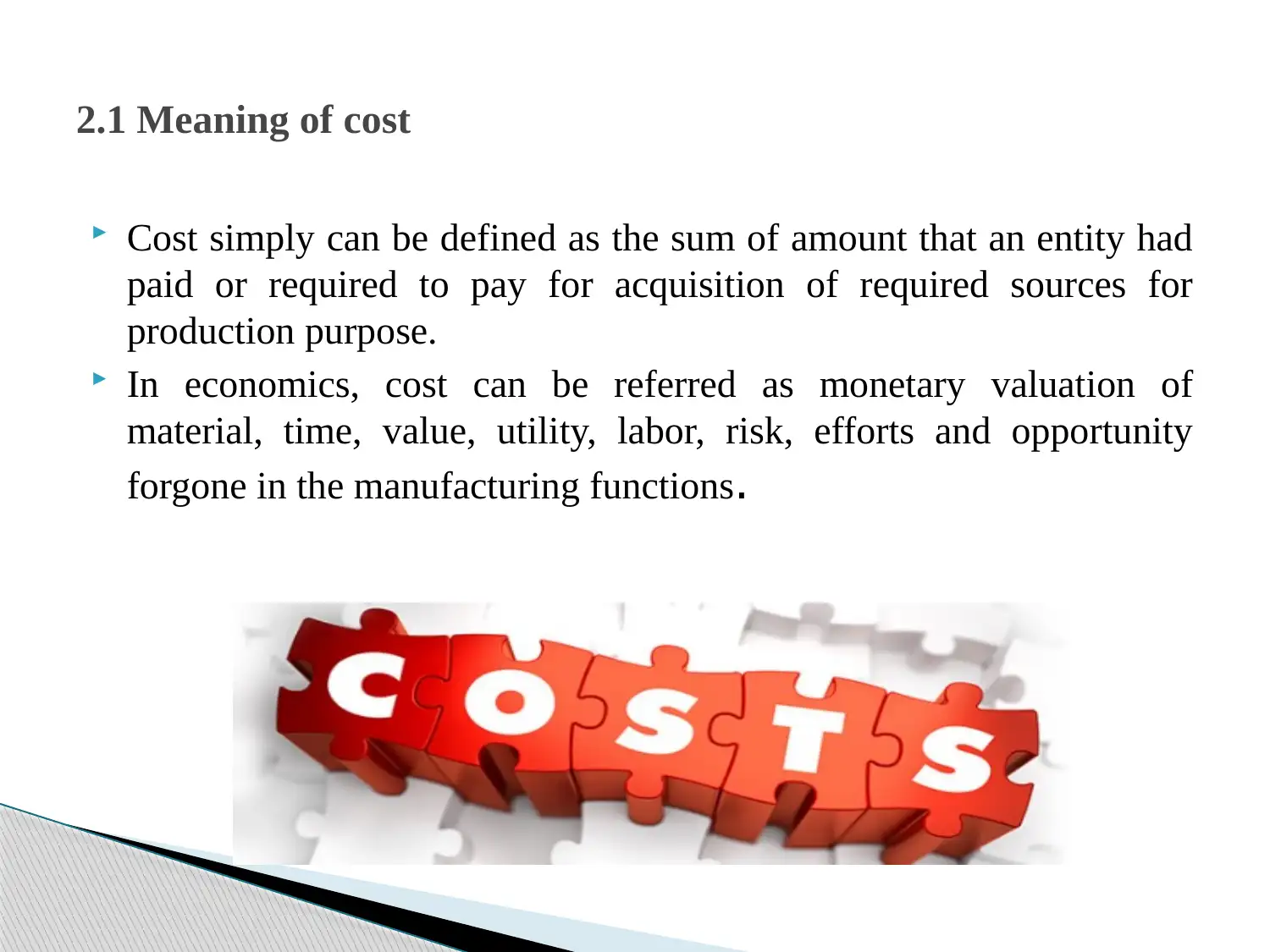
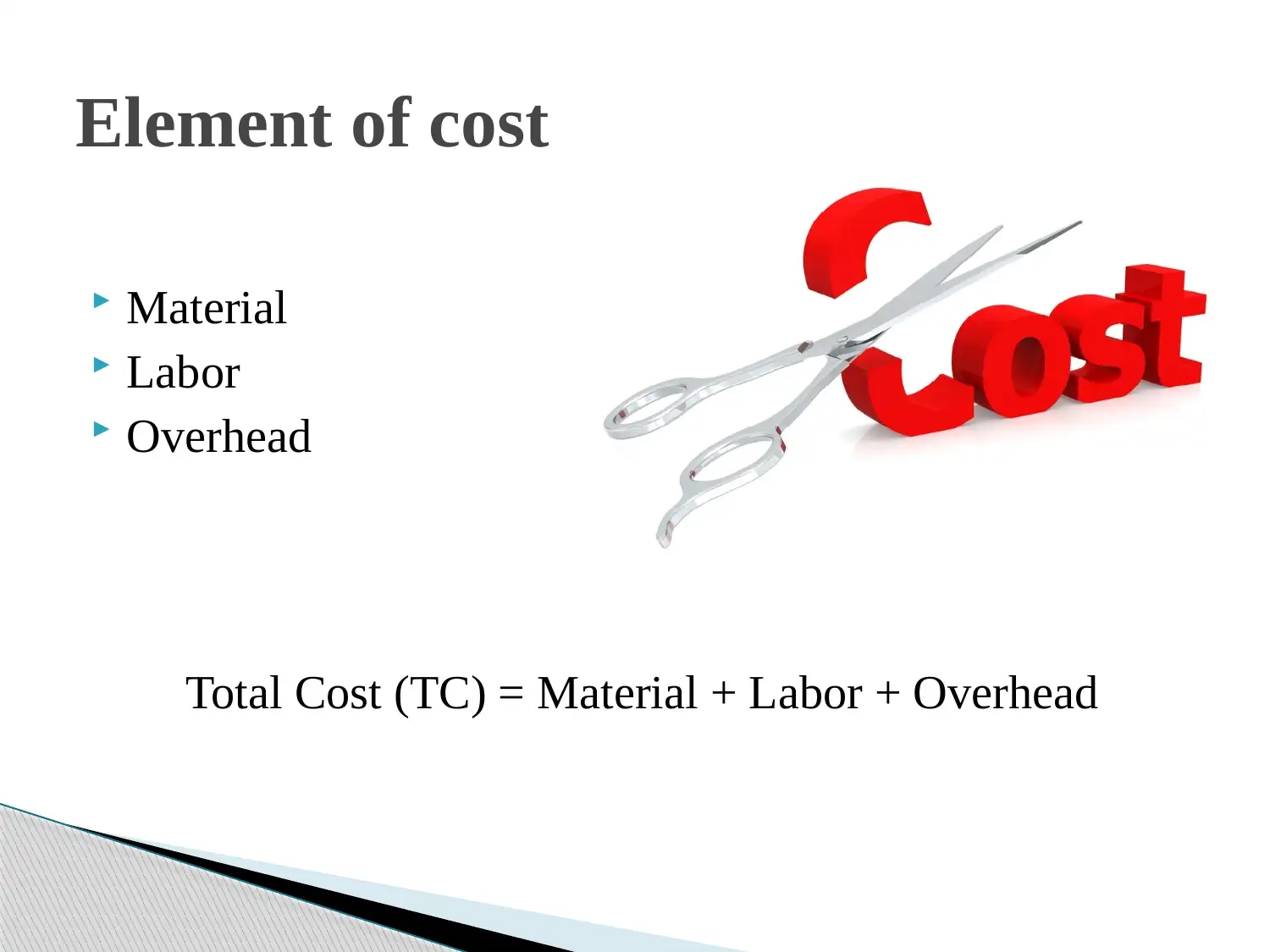

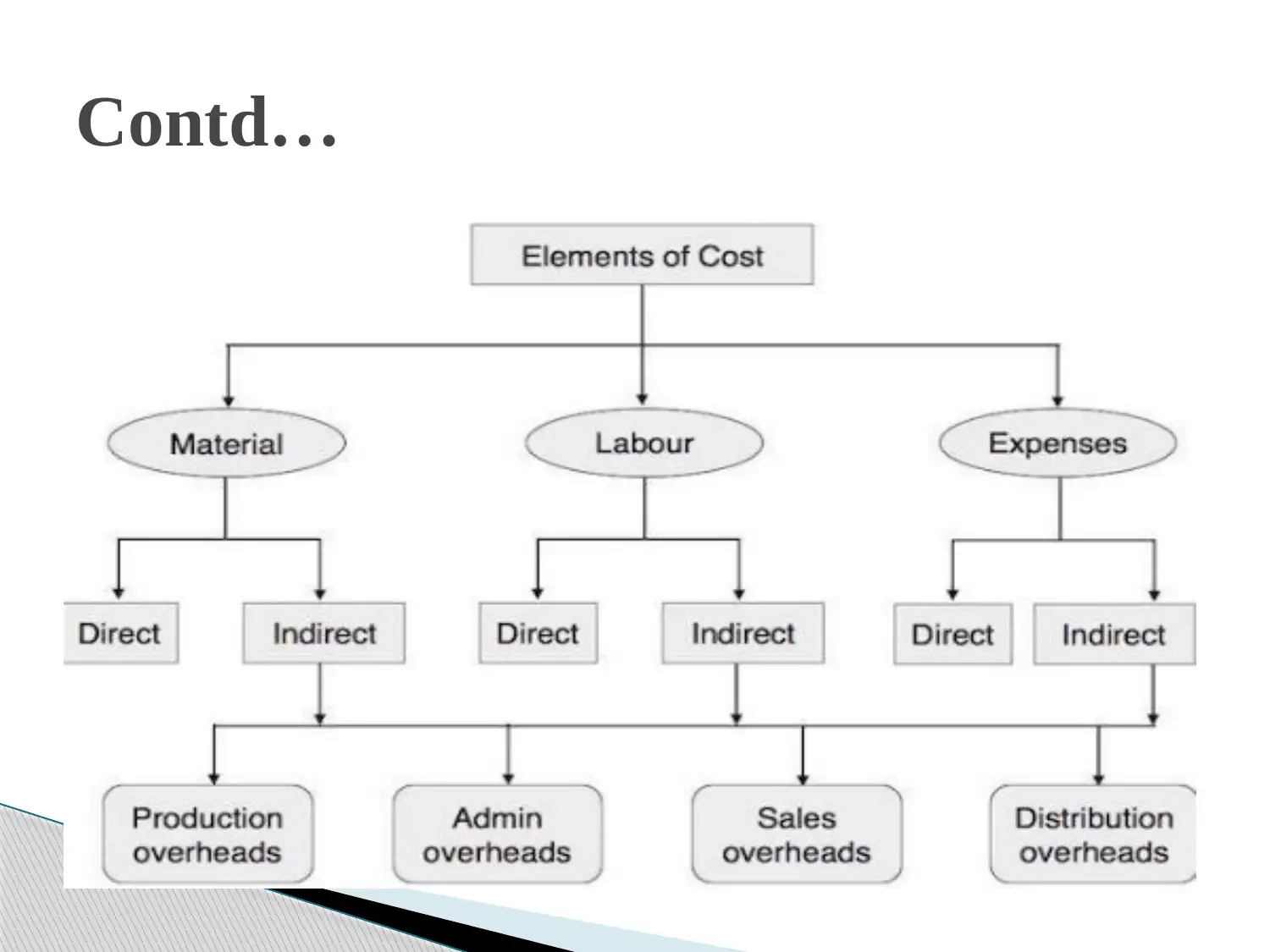
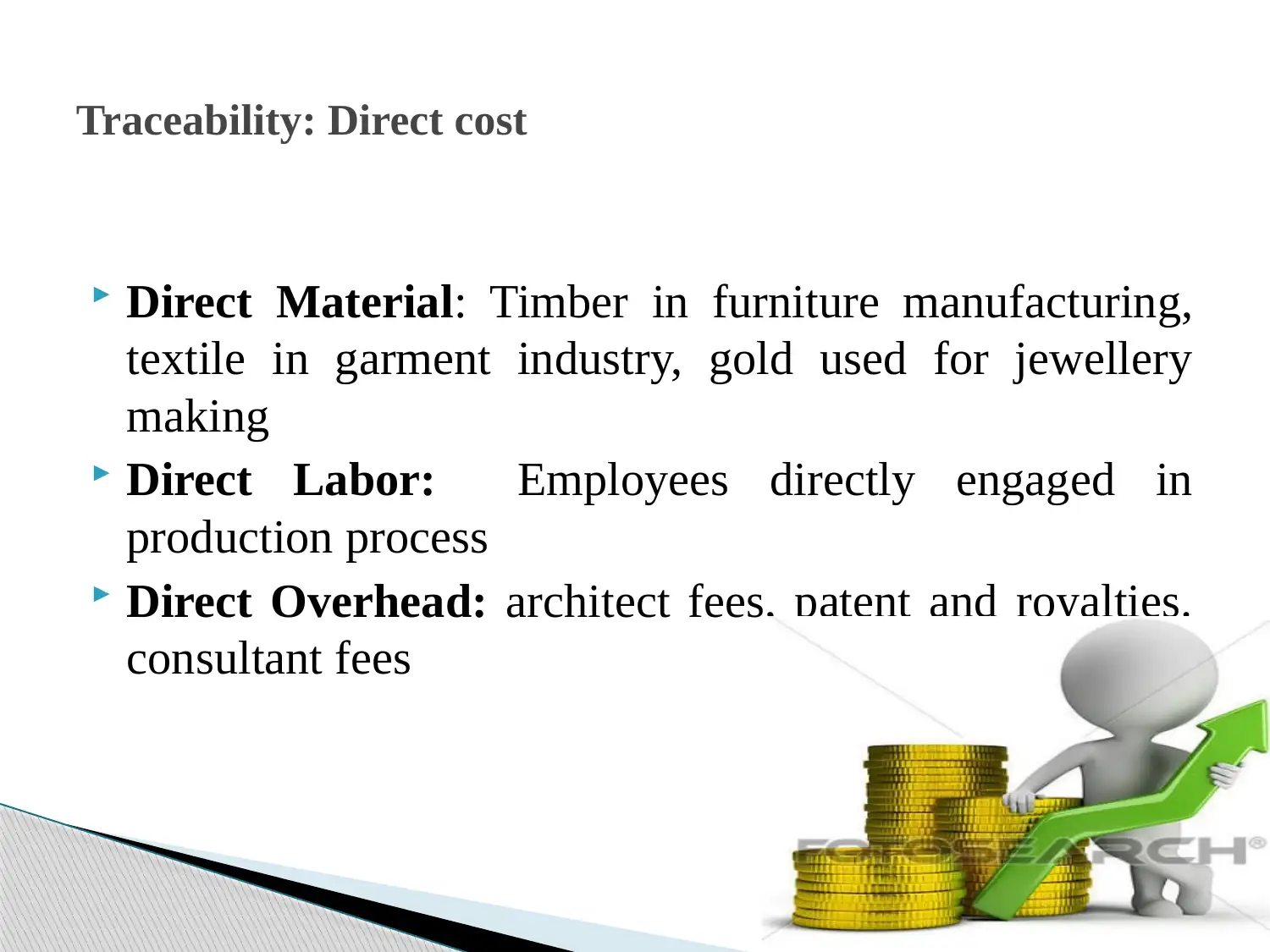
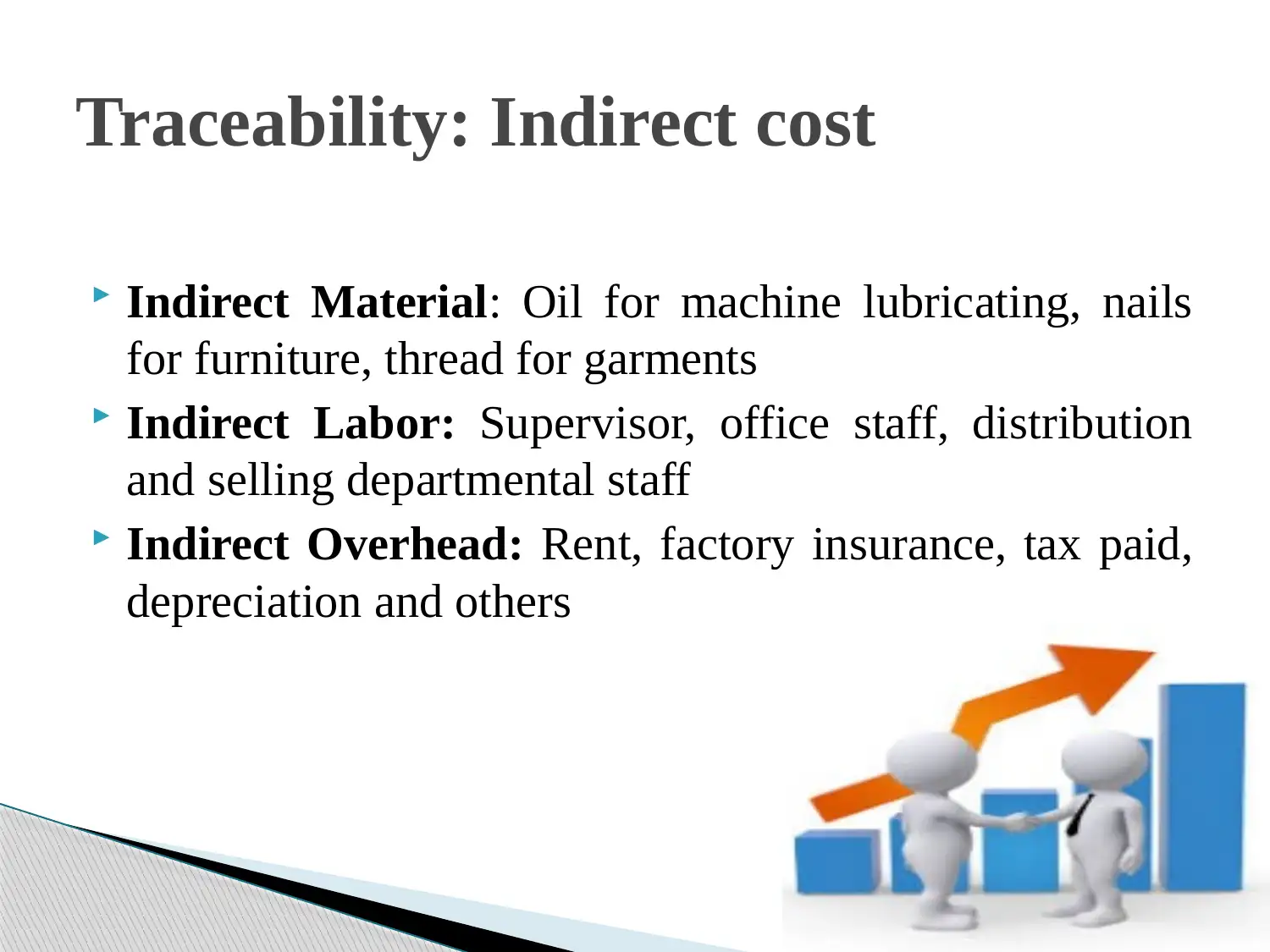
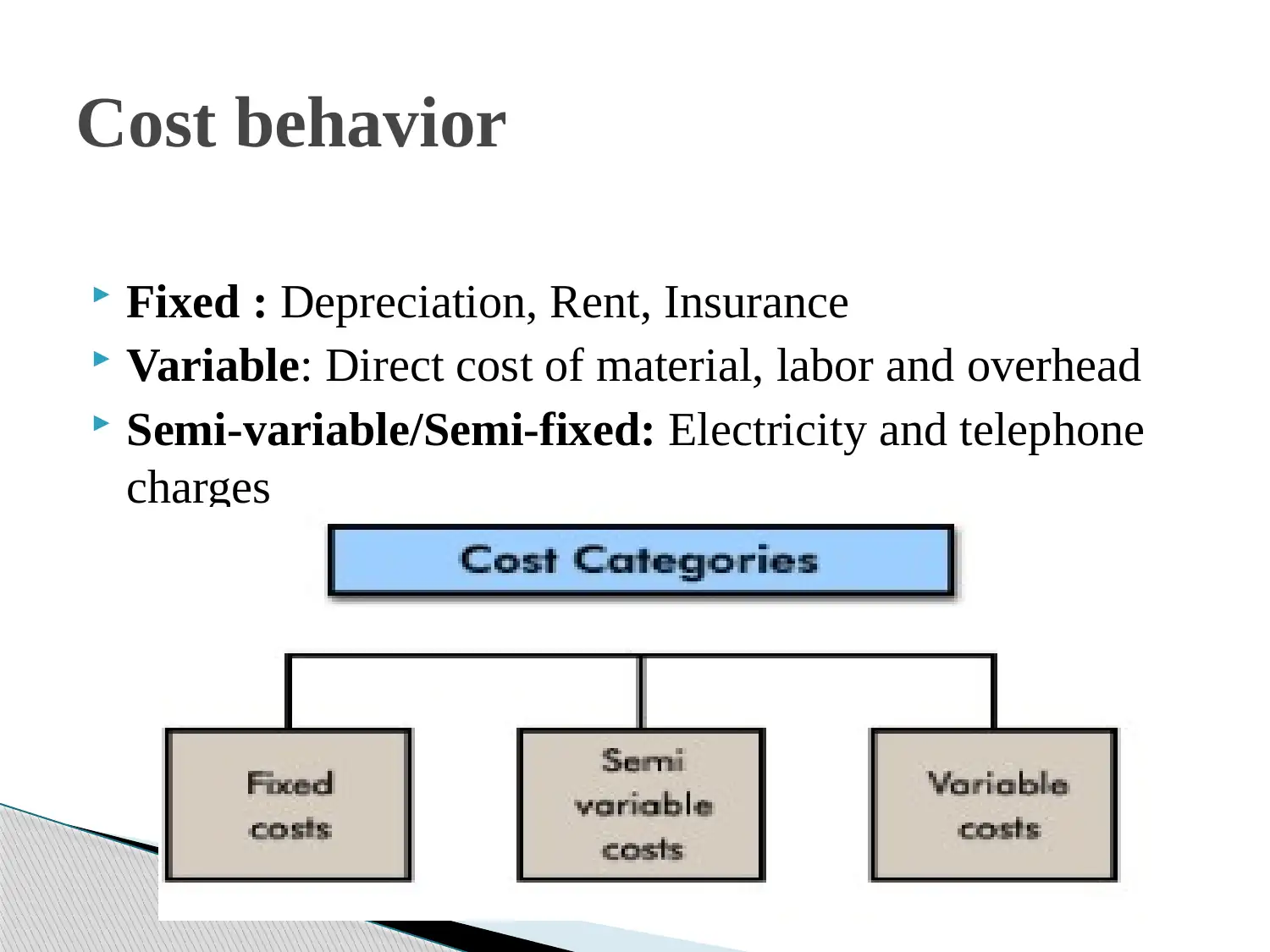
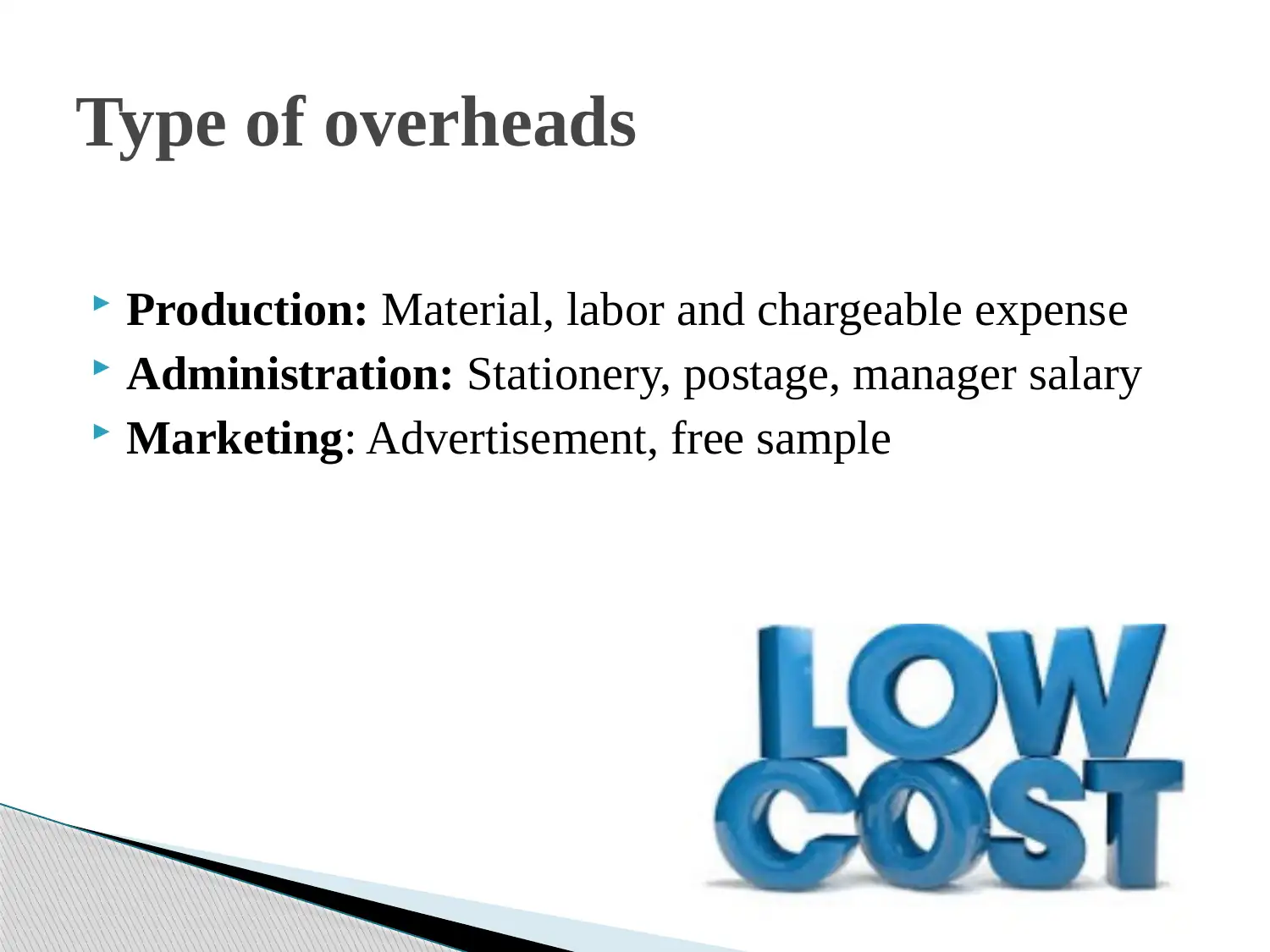
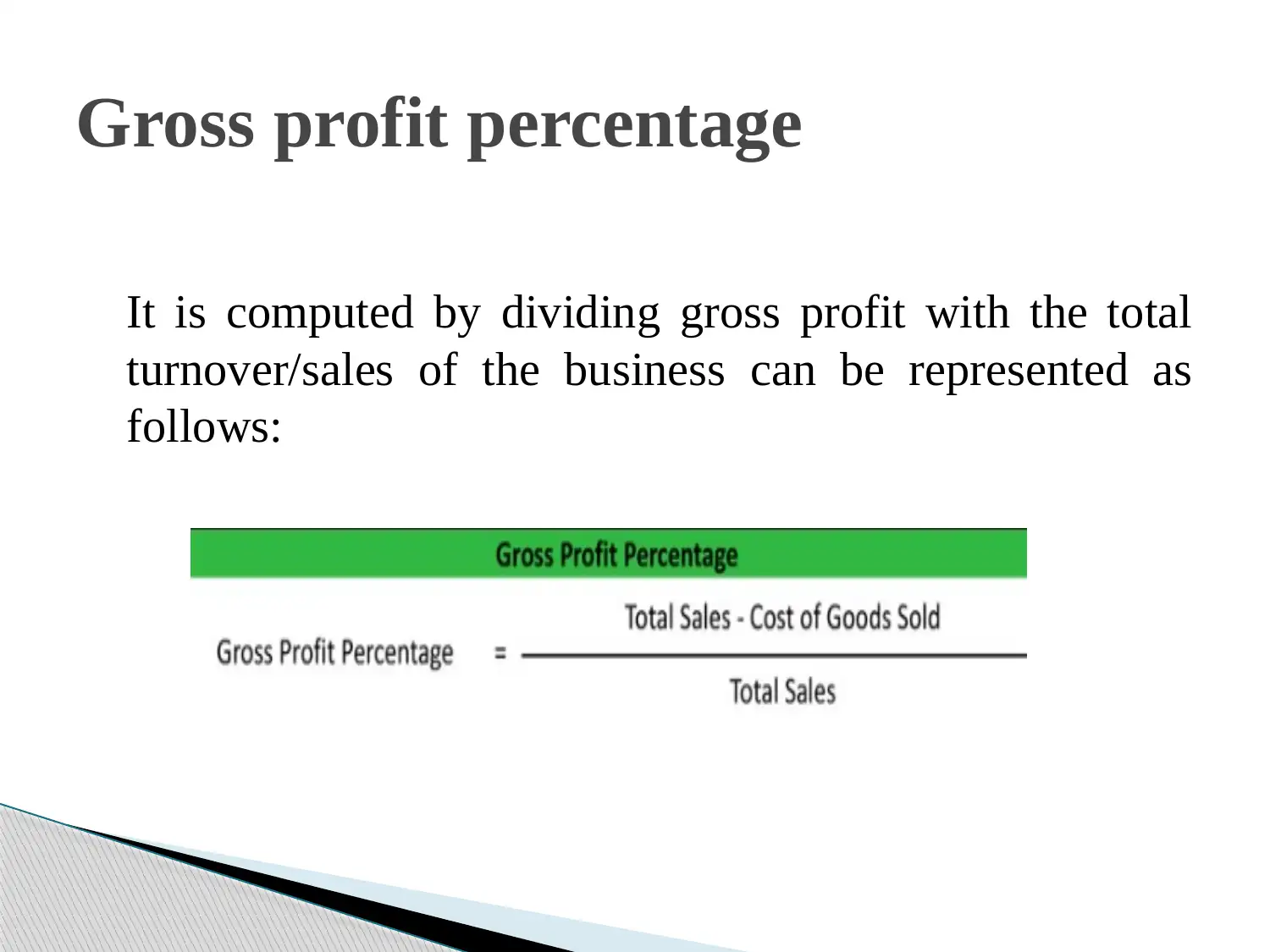
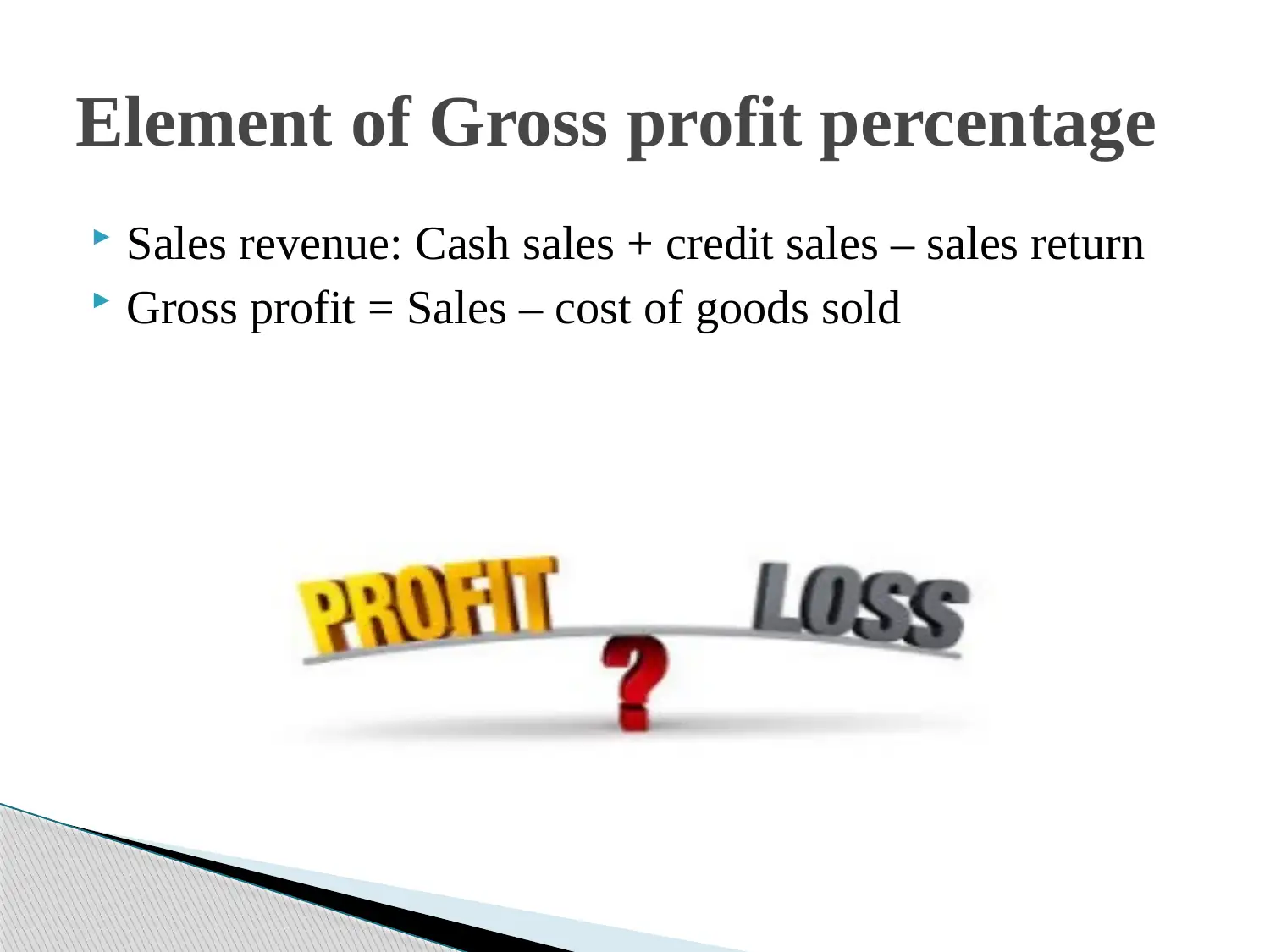
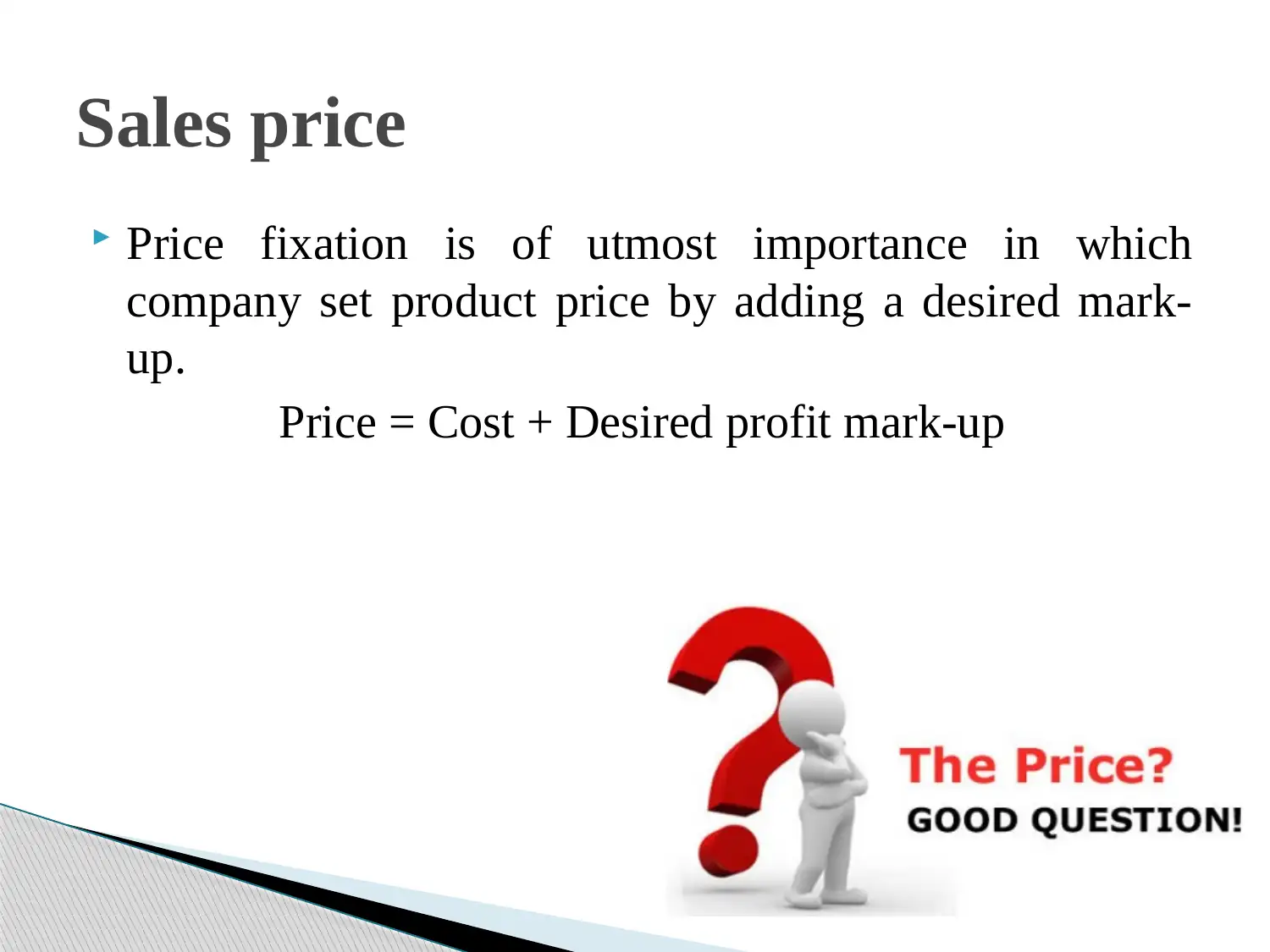
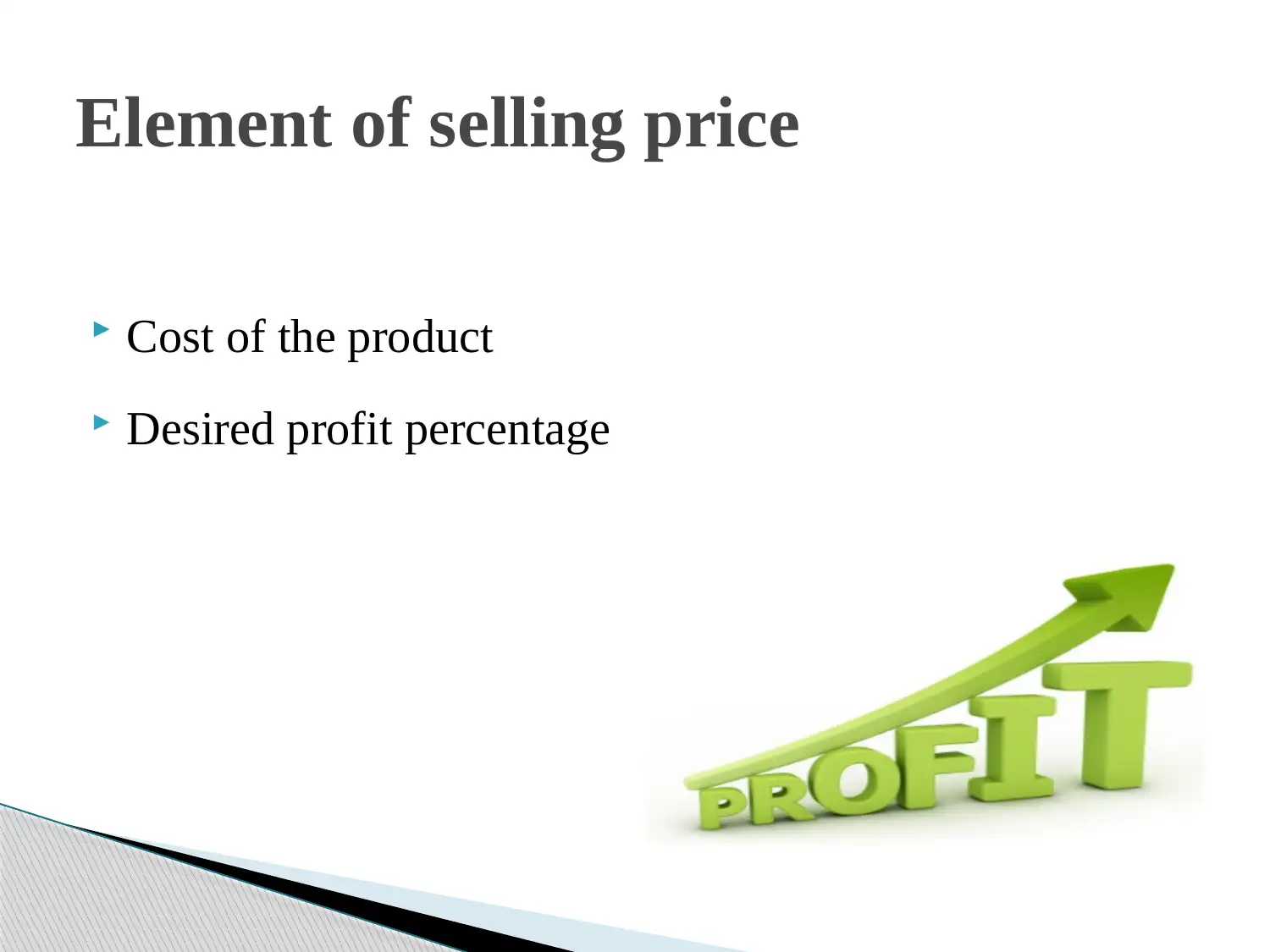






![[object Object]](/_next/static/media/star-bottom.7253800d.svg)